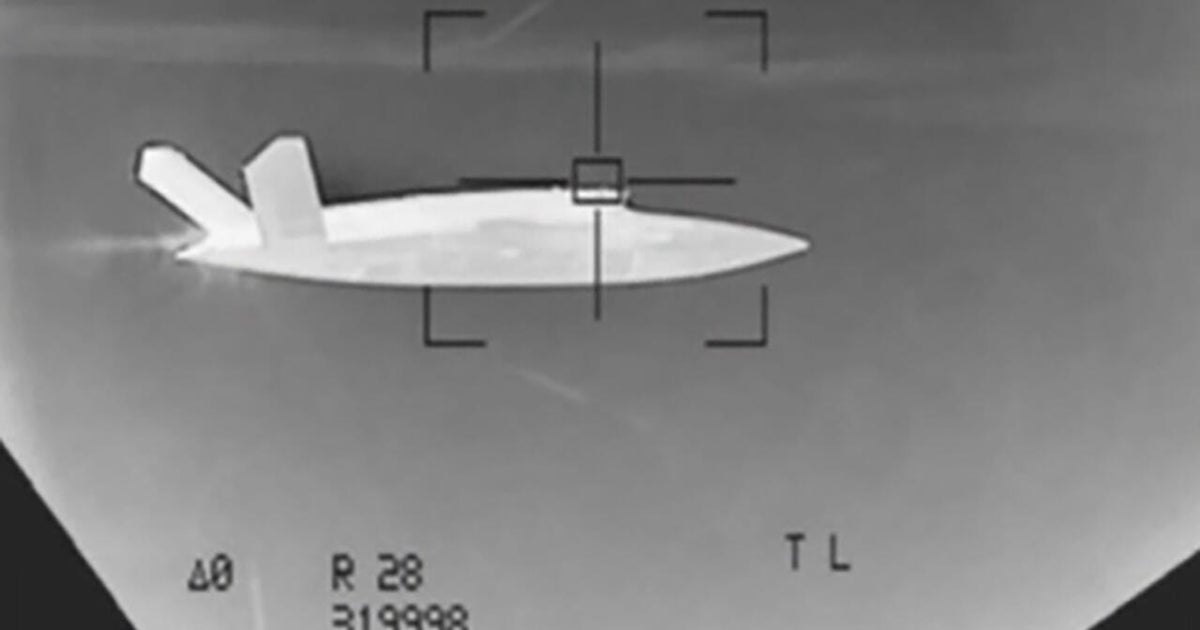US Air Force Testing AI-Piloted Drones Alongside Human Pilots

Military developing autonomous aircraft to address future threats
The U.S. Air Force is conducting tests at Eglin Air Force Base in Florida where artificial intelligence pilots drones alongside human-operated aircraft. Major Trent McMullen, a fighter pilot involved in the program, has flown missions with the XQ-58, an AI-piloted drone. The Air Force is teaching these AI systems fundamental air combat maneuvers, including how to intercept adversary aircraft.
General Adrian Spain, head of Air Combat Command, is developing operational plans for AI-piloted drones to work alongside manned aircraft. The military has already tested an AI-piloted F-16 that performed effectively in a limited dogfight against an experienced human fighter pilot. These AI drones are designed to process large amounts of data quickly and make real-time decisions in complex combat environments.
KEY POINTS
- •Air Force testing AI-piloted drones
- •AI aircraft cost 1/4 of manned fighters
- •Plans for 1,000 AI aircraft eventually
The development comes as military officials express concerns about potential numerical disadvantages in conflicts with nations like China, which is also developing advanced fighter jets and AI drones. According to retired Air Force Lt. Gen. Clint Hinote, war games simulating conflicts with China have not been favorable for U.S. forces when facing significant numerical disadvantages. The Air Force views AI drones as a way to address this imbalance.
The AI drones are expected to be approximately half the length of manned fighter jets and cost significantly less at $20-30 million each. The Air Force plans to have 150 AI-piloted aircraft by the end of the decade and eventually up to 1,000. Military officials maintain that humans will retain control over life-or-death decisions, though they acknowledge increasing pressure to give machines more autonomy in combat situations.
At present, the Air Force is conducting repeated test flights and simulations to build trust in the AI systems. When asked about preferences for combat scenarios, Major McMullen indicated that for high-risk environments facing future threats, he would prefer to deploy an uncrewed asset rather than risk a human pilot.